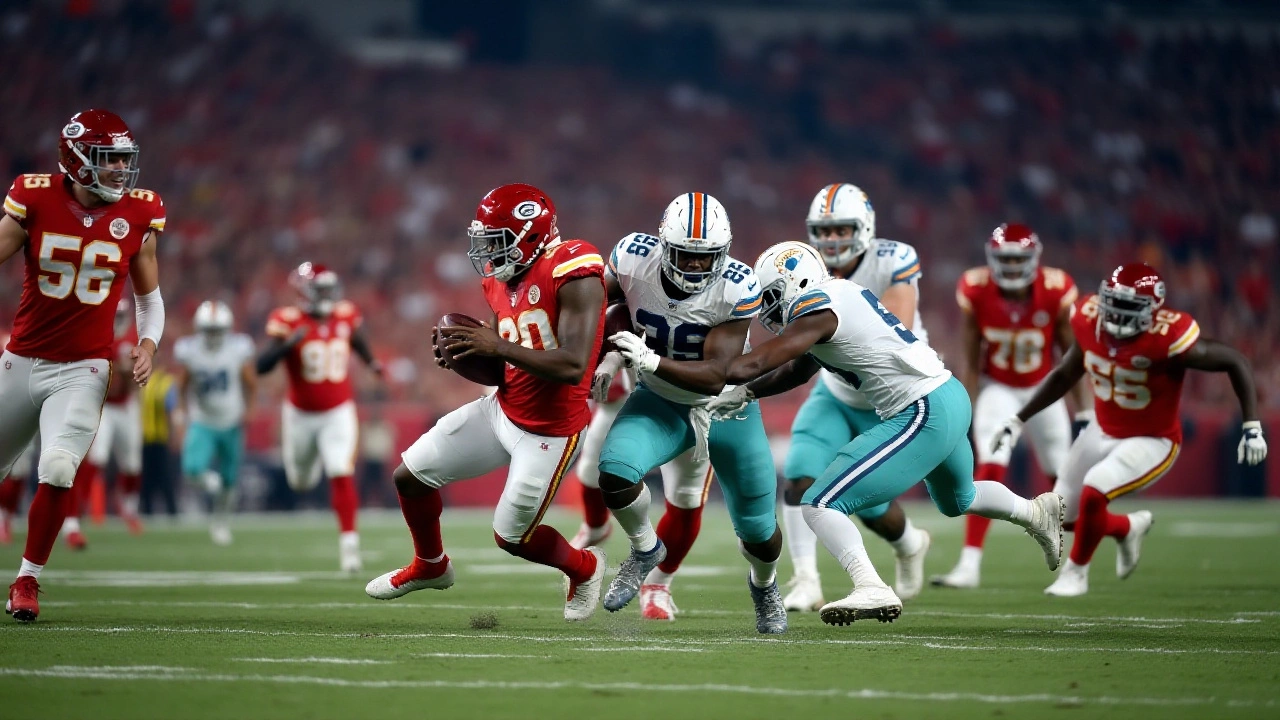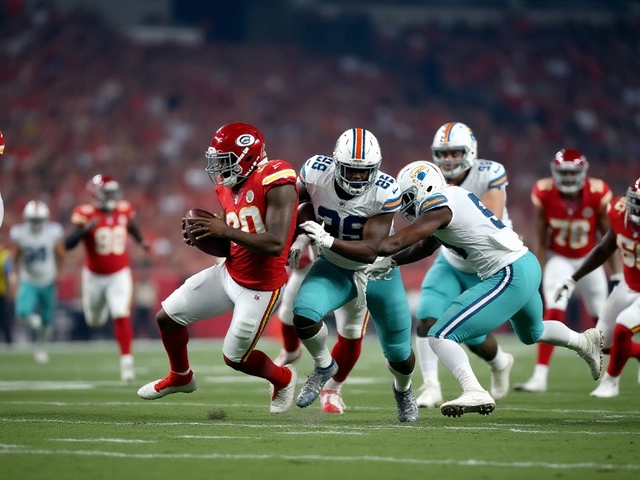The Historical Evolution of Heated NFL Fields
The National Football League (NFL) has come a long way in ensuring the comfort and safety of its players, even under the most challenging weather conditions. One notable effort is how they tackle the dilemma of frozen football fields. Many legendary games have taken place in biting cold weather, earning a place in history with unforgettable images of snow and ice-covered fields. However, beneath these seemingly frozen surfaces lies a secret: elaborate heating systems that keep the turf playable.
Lambeau Field, home of the Green Bay Packers, stands as a classic example. Known famously as the 'frozen tundra,' Lambeau has been evolving its field heating technology since 1967 when it first installed electric coils under the field. These coils were innovative at the time, setting a precedent for other NFL teams dealing with harsh winter climates. In 1997, the technology took a significant leap forward with the adoption of a hydronic heating system. This newer system involves a series of underground pipes filled with a water-glycol mixture kept warm by an assembly of three massive boilers, each as powerful as 40 home furnaces. These pipes, running beneath the field in a calculated pattern, are meticulously monitored by 16 thermostats to maintain a strategic field temperature.
The Science Behind Field Temperatures
The secret to a perfect playing field lies in the balance of temperature. For Lambeau Field, the target is approximately 38 degrees Fahrenheit. Why exactly 38 degrees? This temperature is a sweet spot that prevents the grass roots from freezing while allowing the turf to retain some firmness – an aspect crucial to a home-field advantage strategy. This not only provides a moderate level of hardness favoring the home team but also addresses a series of safety concerns. A frozen field can be hazardous, and cracking down on injuries such as concussions remains a league priority.
Other stadiums have adopted similar methodologies but with slight variations to suit their specific circumstances. Take, for example, the Kansas City Chiefs and their Arrowhead Stadium. As fierce winter storms descend, especially during crucial playoff games, maintaining optimal field conditions becomes a tactical endeavor. Here, the Chiefs invested $2.2 million into a sophisticated heating system. A network of three boilers, positioned under the stadium's bleachers, powers this system. It channels hot water through four-inch pipes dispersed across the field in a zigzag pattern to ensure uniform heating.
Modern Adaptations Across the League
The Buffalo Bills, on the other hand, have yet to implement such a system in their current stadium. The team plays its home games in an open-air stadium, susceptible to Buffalo's notorious weather fluctuations. Yet, change is on the horizon. A new stadium, anticipated to open in 2026, promises modern innovation. It will boast a heated field, coupled with a partial canopy roof, a smart feature designed to protect fans from heavy snow while enhancing the overall game day experience.
Every team has its preferred field temperature settings. The Kansas City Chiefs, for example, opt for a warmer climate, maintaining their field at around 50 degrees. Nearby teams like the Baltimore Ravens and Philadelphia Eagles have similar heating ambitions, adjusting thermostats to push the field temperature as high as 50-60 degrees. It’s a calculated trade-off between ensuring the safety and maximizing competitive edge.
The Role of Heated Fields in Player Safety
Player safety remains paramount in all these strategies. The capacity to manage field conditions directly affects injury rates. Experts have pointed to a correlation between frozen fields and the prevalence of injuries, particularly head-related ones like concussions. As the grass toughens, so does the player's risk of serious injury during tackles or unexpected falls. Heated fields circumvent this threat, essentially acting as a silent protector against unpredictable accidents.
The NFL, through feedback from players and ongoing safety research, advances in line with technology. The dedication of teams to invest heavily in maintaining playable fields reflects an evolutionary understanding. They recognize that, although many games are won in the minds of athletes and through team strategy, equally, they are supported by the stability of their literal foundation—the field.
Looking Forward: The Future of NFL Field Technology
The conversation around field heating placements will undoubtedly continue to grow as teams strive for innovation and excellence. Large-scale adaptations or improved energy efficiencies may be explored. However, for now, the traditional techniques coupled with modern improvements serve as a testament to how the NFL safeguards both the quality of the sport and the welfare of its players. The next time fans witness a snow-clad NFL game, it’s worth envisioning the warmth beneath the surface, playing a pivotal role in the game they love.


